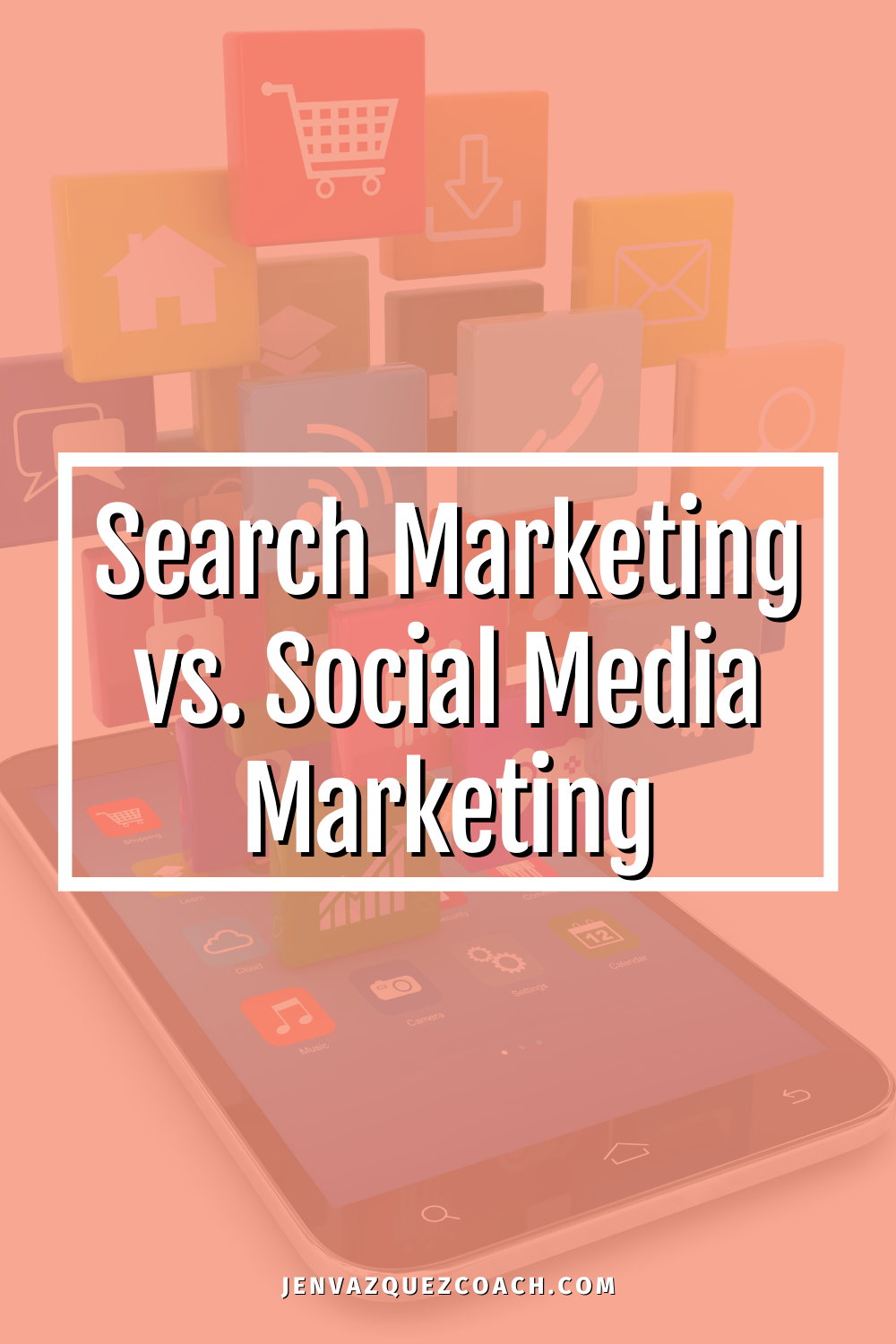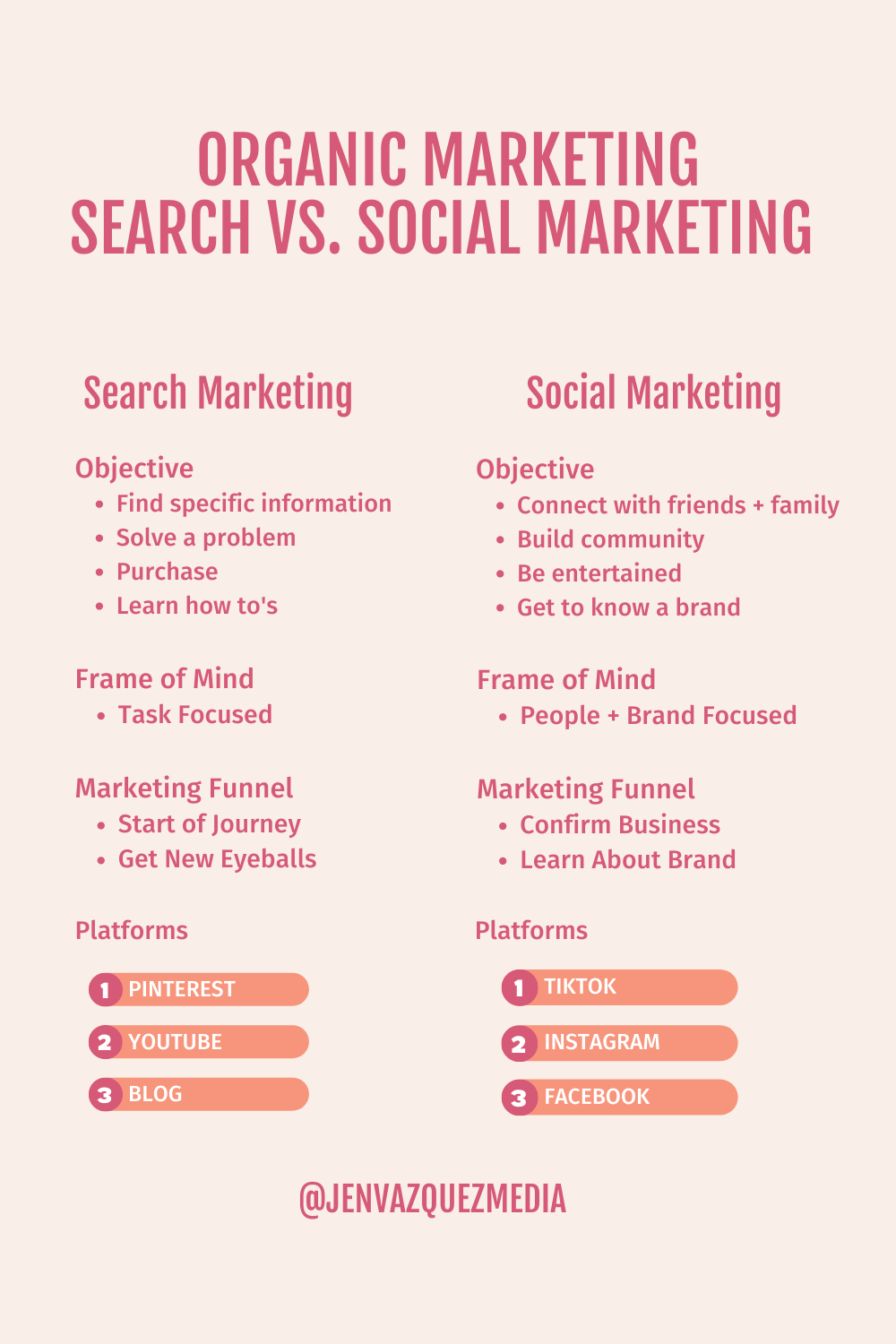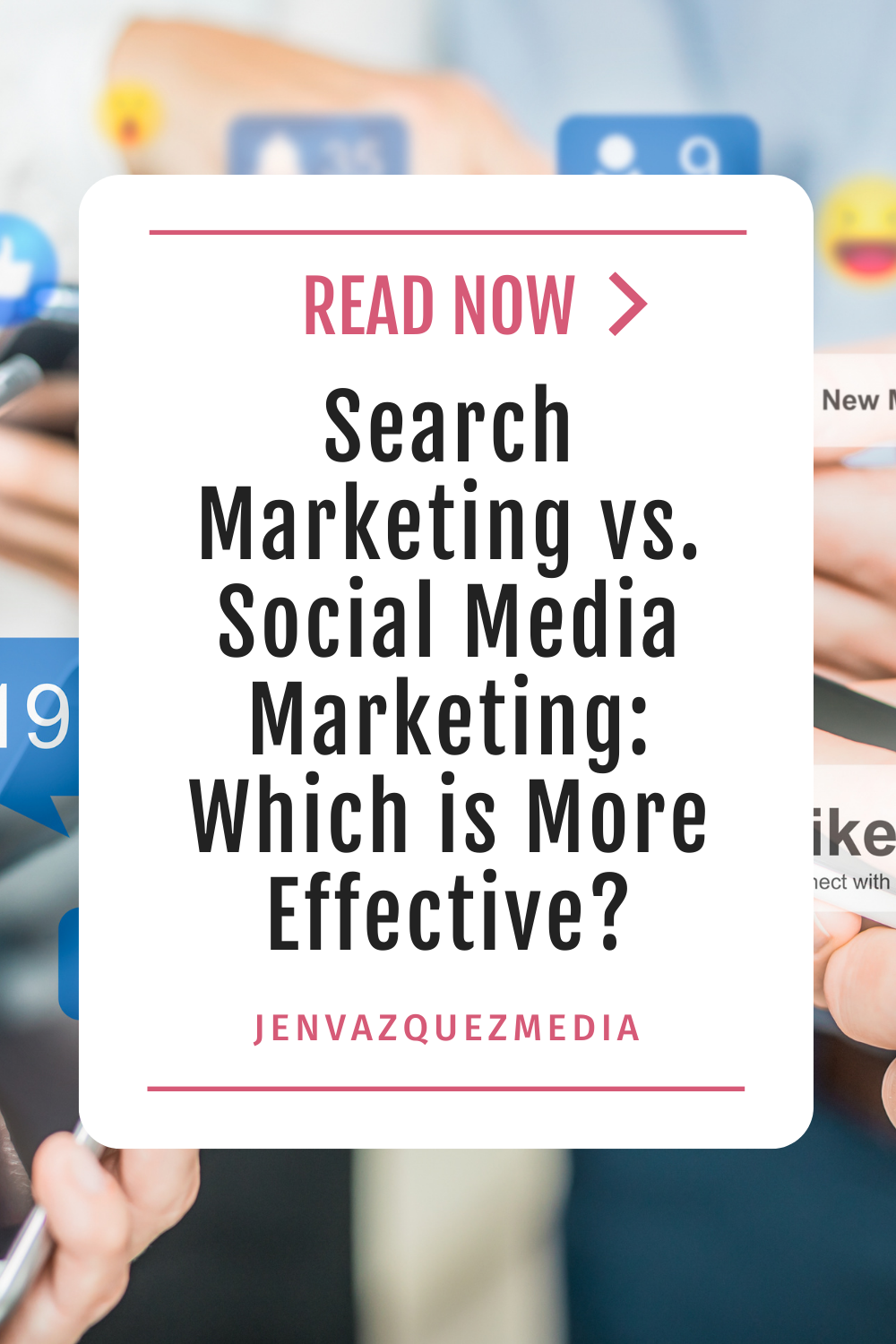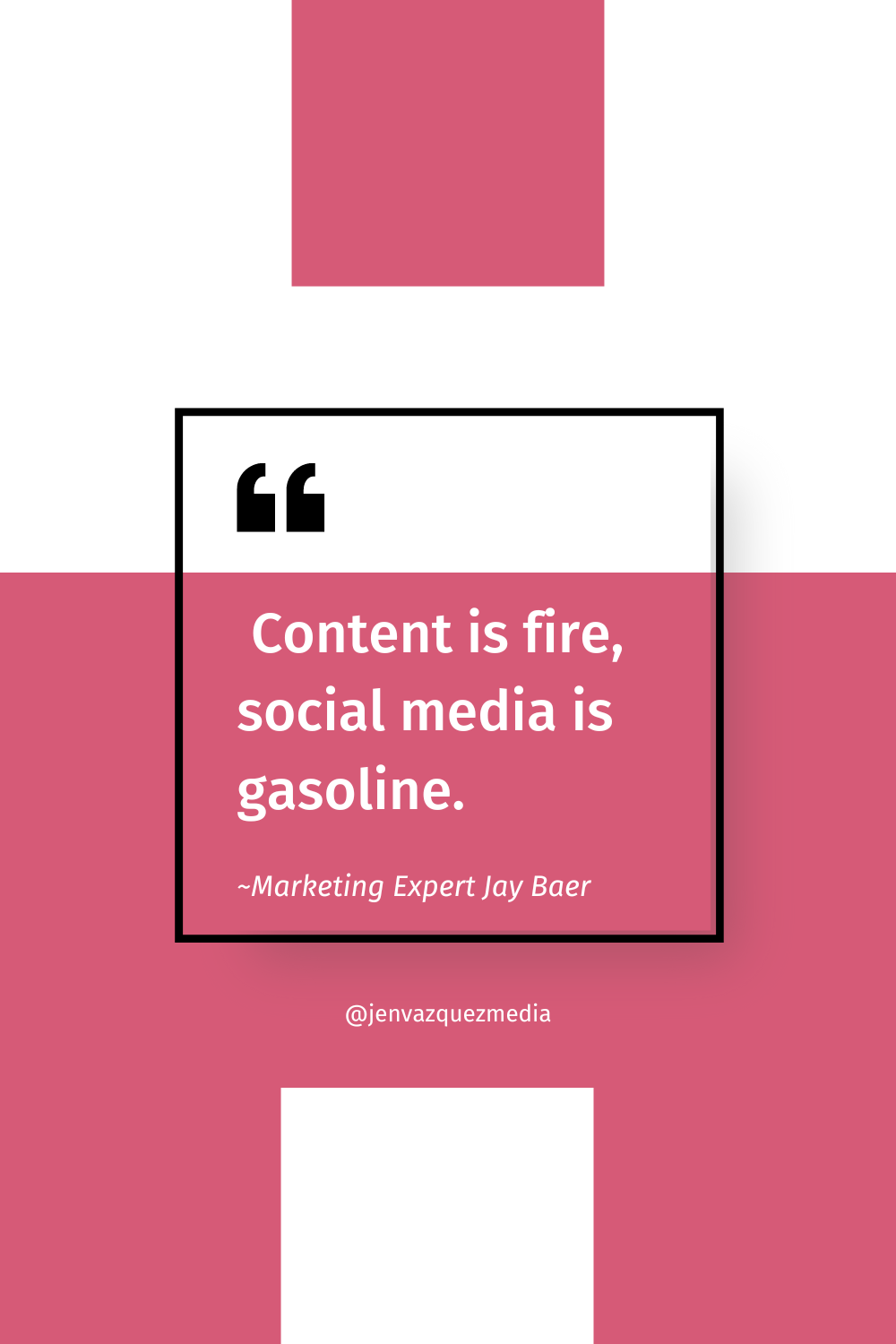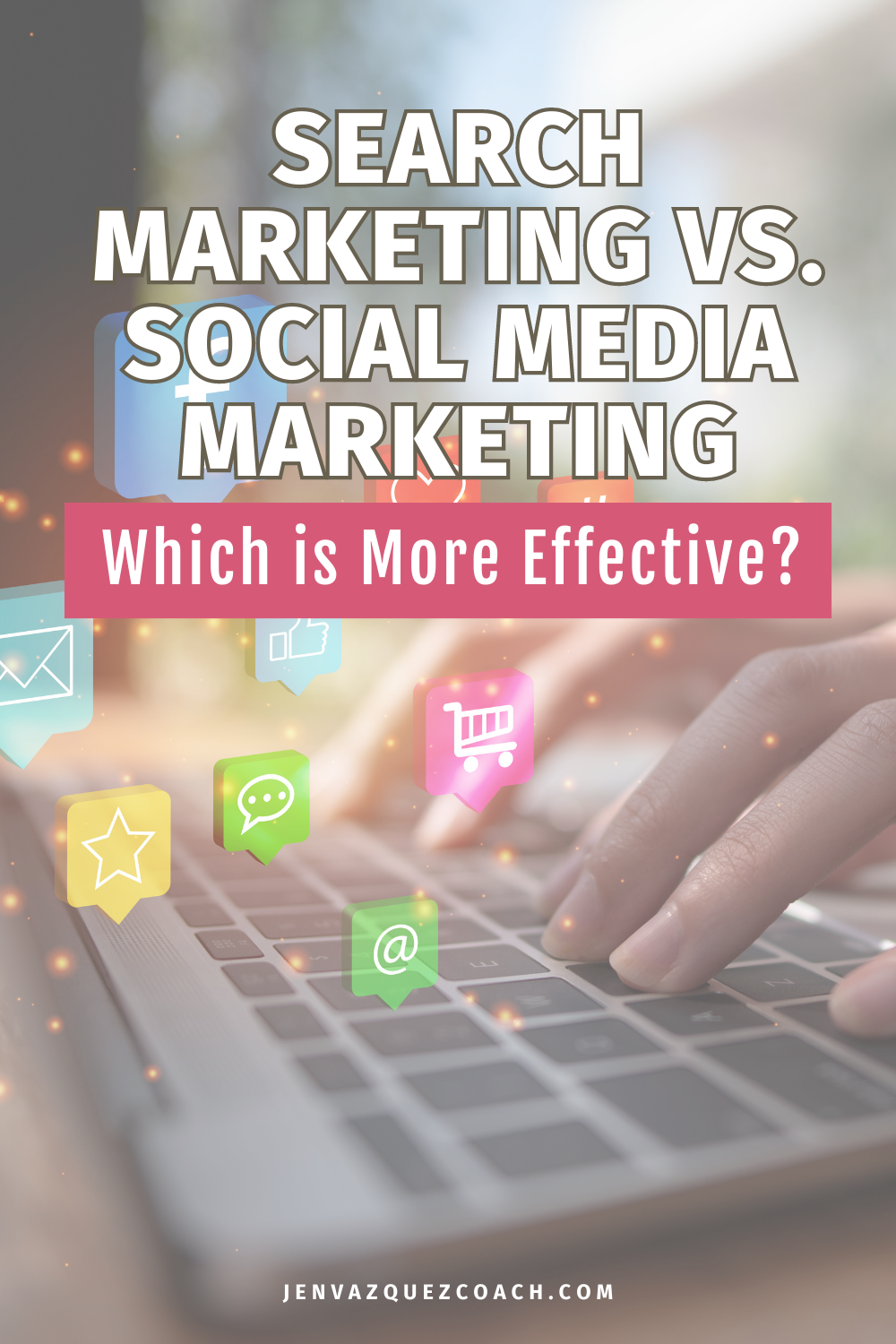Conversion Copywriting Tips: Boost Your Business with Persuasive Copy with Suzanne Reilley Hey there, fabulous entrepreneurs! Are you ready to unlock the secrets to writing copy that doesn’t just grab attention but also converts leads into loyal customers? Yep, me...
Surprising Ways to Save Time Marketing Your Business

Surprising Ways to Save Time Marketing Your Business
Do you ever feel like there just aren’t enough hours in the day to actually market your business? Trust me, you’re not alone. It’s easy to get bogged down in the day-to-day tasks, leaving you feeling unproductive and overwhelmed. Stay tuned as I share techniques to save time and become more consistent with marketing.
There are always a few times a year when I experience a “busy season” where it all feels overwhelming like there just aren’t enough hours in the day. I have over the years dropped marketing activities and found 2-5 months later that I don’t have as many leads for my business.
Every time I see fewer leads, I can trace it back to letting my foot off the gas, with regard to marketing. Therefore, I got smart and created a system or what I call a marketing workflow that ensures this doesn’t happen no matter how busy I get!
What if I told you that YOU can do the same and save hours in your marketing workflow in surprisingly simple ways? By implementing a few key techniques, you can streamline your marketing process and finally achieve the level of productivity and leads you crave.
But before we dive into some surprisingly effective time-saving tips that will help you get more done in less time, I need to NOTE: This means not just hearing this information but taking action!
So, if you’re ready to reduce stress, and procrastination, and market your business no matter how busy you are (keep your foot on that marketing gas), keep reading.
Time Blocking
This one may not surprise you! Time blocking is a super effective way to save time in your marketing workflow. This technique involves scheduling specific blocks of time for different tasks and activities. By breaking up your day into focused time periods, you can increase your productivity, reduce distractions, and actually spend less time overall.
For example, you might schedule an hour or two on a day and time you are most creative to write your weekly blog. Then on another day/time work on creating all graphics from the blog header image, to Pinterest pins, to social media graphics.
By sticking to a schedule, you’ll be less likely to get sidetracked by other tasks or allow interruptions.
Time blocking can be especially effective when you pair it with habit stacking, which we’ll cover in the next section. But even on its own, time blocking can help ensure you have dedicated time each week to marketing your business. It also allows you to create a more balanced workday, with dedicated time for both marketing and client work type of tasks.
To get started with time blocking, take a look at your current schedule and identify blocks of time that you can carve out each week for specific activities. This might involve shifting some tasks to different times of the day or delegating certain responsibilities to team members. Once you’ve created your schedule, stick to it as much as possible. With practice, you’ll find that time blocking becomes an essential part of your workflow, helping you achieve more in less time and also ensuring you are marketing your business each week!
Habit Stacking
In addition to time blocking, another tactic that can maximize productivity is habit stacking. Habit stacking involves pairing a new habit with an already established one, leveraging the power of routine to form a new beneficial habit. For example, if you’re trying to establish a habit of daily posting to social media, you can pair it with your morning coffee ritual by posting a story before your “reward” of that morning cup of joe.
For me, I love to habit stack writing my blog (and my email list summary of the blog, social media posts, and Pinterest pin descriptions at the bottom of my blog in google docs – basically all the writing) on Sunday afternoons. I am the most rested and relaxed on Sundays and I love a good reality tv binge or rom-com movie to end my weekend so I do all my writing on Sundays and as a reward, I get that Bravo Housewives’ time.
If you don’t want to work weekends, consider when you are most engaged, alert, and productive. For some that’s mornings, for others that’s after putting the kids to bed and for others that may be mid-day. Find your day/time and create a reward to habit-stack this marketing writing work.
Habit stacking not only helps you establish new habits more effectively but can also work in conjunction with time blocking. By adding new habits to your designated time blocks, you can optimize your productivity while also developing healthy habits outside of work hours. As we’ll explore in the following section, this approach can help you balance left and right brain work.

Left-Brain and Right-Brain Work
Habit stacking and time blocking are practical strategies that can optimize your marketing workflow, but they may not address the issue of balancing left-brain and right-brain work. Creativity and analytical thinking are both critical components of marketing workflows, and it’s essential to ensure that they are given equal attention. Fortunately, habit stacking can help you cultivate both, as you can pair your routine tasks with creative ones to improve your balance. For instance, if you have a habit of writing blog posts every day, you can add a 30-minute slot for creating graphics for the blog, pins, and social media. This way, you can develop your creative side without neglecting the analytical aspects of your work.
Pairing routine work with creative tasks, or vice versa, can be gratifying, leading to a sense of accomplishment while keeping you motivated. It’s also a good way to unlock your creativity and generate new ideas, providing a fresh perspective on your marketing projects. With habit stacking, you can create a balanced workflow that caters to both the analytical and creative sides of your brain.
Some of my clients find doing left brain work with a break in between than right brain work is easier. So don’t force yourself to do them back to back if it feels better to do them one in the morning and the other one in the afternoon or even on different days. I personally find this approach more effective for me too.
While I write the blog on Sundays because for me that hard work that I like to do when I’m most relaxed and rested, working on graphics I love to do so I have a time block on Mondays to do all graphics for the week from the blog header image to Pinterest pins, and social media graphics or stories all in one sitting.
Then I publish the blog and post to social media on different days as that’s a different mindset than creating the graphics. And by the way, posting on social media is so much easier when I already wrote the words on Sundays and the graphics on Mondays. It feels easier which means it gets done.
I mentioned it a ton above, so let’s cover it in more detail in the next section and explore how you can incorporate daily, weekly, and monthly marketing to-dos into your workflow.
Daily, Weekly, and Monthly Marketing To-Dos
Using everything above, incorporating daily, weekly, and monthly to-dos into your marketing workflow can help you save hours, be more productive in the long run, and help you be consistent. We all know that consistency is queen when it comes to marketing! It’s the secret sauce to getting consistent leads and growing your business.
These marketing tasks can range from social media updates to more complex activities such as content creation, SEO optimization, and analytics tracking.
Daily tasks are the bread and butter of your workflow. They are the small, routine tasks that keep your projects moving forward. Examples of daily tasks include checking your email inbox, responding to customer inquiries, updating your social media accounts, and reviewing your to-do list for the day. These tasks may seem unimportant, but they contribute to the overall success of your marketing efforts.
Weekly tasks are the meat of your workflow. They are the bigger tasks that require more time and attention. Examples of weekly tasks include creating and writing blog posts, scheduling social media content, writing your email newsletter, creating graphics, and conducting research. These tasks require more planning, coordination, and execution but are essential for achieving your marketing goals.
Monthly tasks are the dessert of your workflow. They are the big-picture tasks that help you track and measure your progress. Examples of monthly tasks include analyzing your website analytics, reviewing your marketing plan, assessing your ROI, and setting new marketing goals for the month or quarter. These tasks provide valuable insights into the effectiveness of your marketing efforts and help you make data-driven decisions.
By incorporating daily, weekly, and monthly tasks into your workflow, you can maintain a balanced, productive, and consistent routine. You can also ensure that you are making progress toward your long-term marketing goals while keeping up with your daily tasks. So, take some time to brainstorm and create a list of daily, weekly, and monthly tasks that align with your marketing goals and start incorporating them into your workflow today.
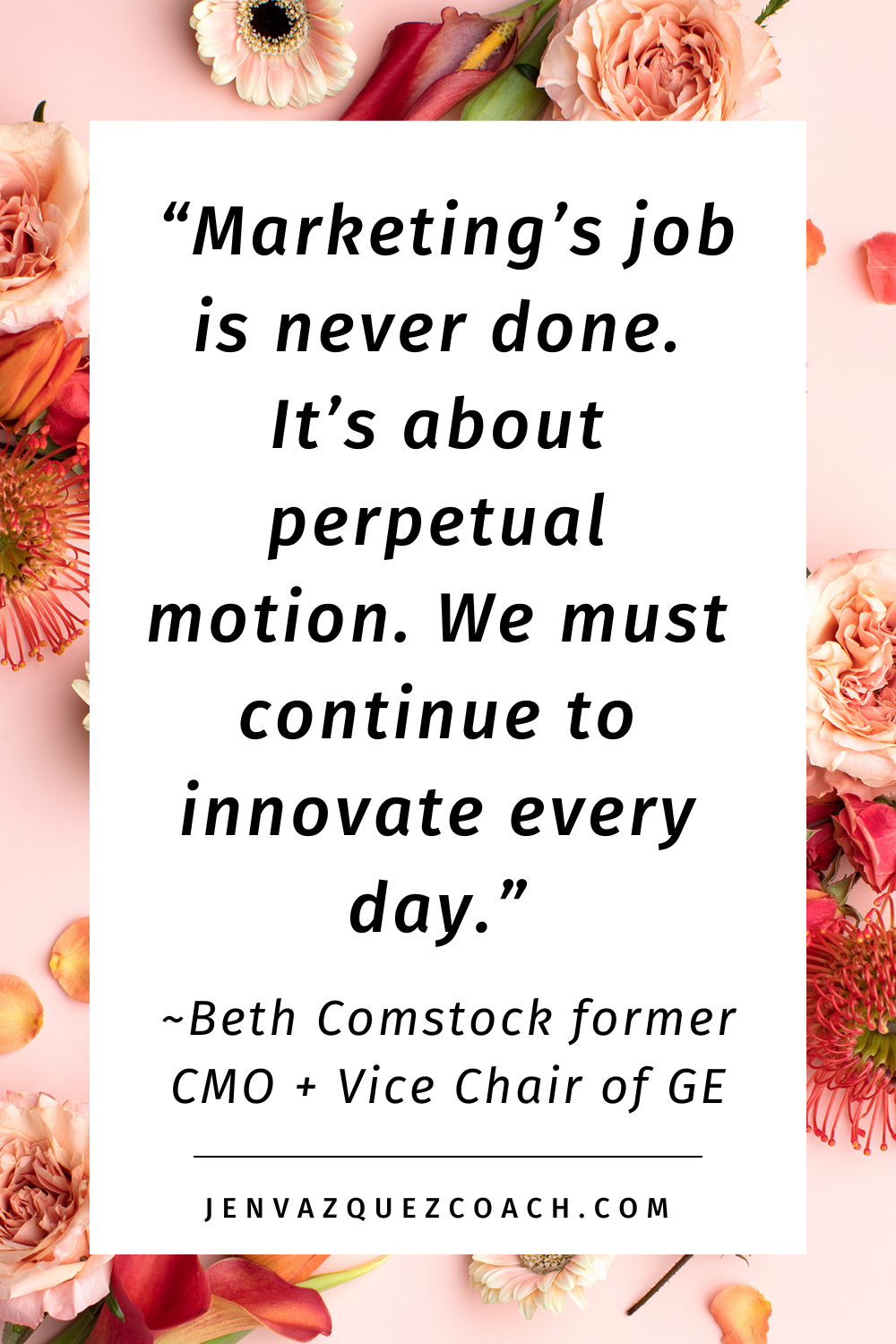
Summary
To summarize, in today’s world, time is precious and finite. It’s easy to get bogged down in the daily grind and feel like you’re never making headway. However, by incorporating the counter-intuitive approaches of time blocking, habit stacking, utilizing both the left and right brain, and setting daily, weekly, and monthly to-dos, you can increase your productivity and save time while actually consistently marketing your business.
These time-saving techniques will help you reduce stress and overwhelm, and help you feel more accomplished and productive while achieving your goals faster.
So why not take the chance and implement one of these techniques today? As Beth Comstock former CMO + Vice Chair of GE said “Marketing’s job is never done. It’s about perpetual motion. We must continue to innovate every day.”
Here is more information that may be helpful!
Conversion Copywriting Tips: Boost Your Business with Persuasive Copy with Suzanne Reilley
Pinterest Trends Weekly: In Sport Mode
Pinterest Trends Weekly: In Sport Mode Hey there! I'm Jen, your go-to marketing bestie and cheerleader. I'm here to help you work smarter, not harder, when it comes to marketing. Every week, I'm diving into the hottest Pinterest trends so you can get ahead of the...
Pinterest Manager vs. VA Who Pins: Who’s Right for Your Business?
Pinterest Manager vs. VA Who Pins: Who’s Right for Your Business? Ready to dive into the world of Pinterest but unsure whether to hire a Pinterest Manager or a VA who pins? Let’s break it down and help you make the best choice for your business.Expertise in Pinterest...
Don’t Forget to Pin It!








